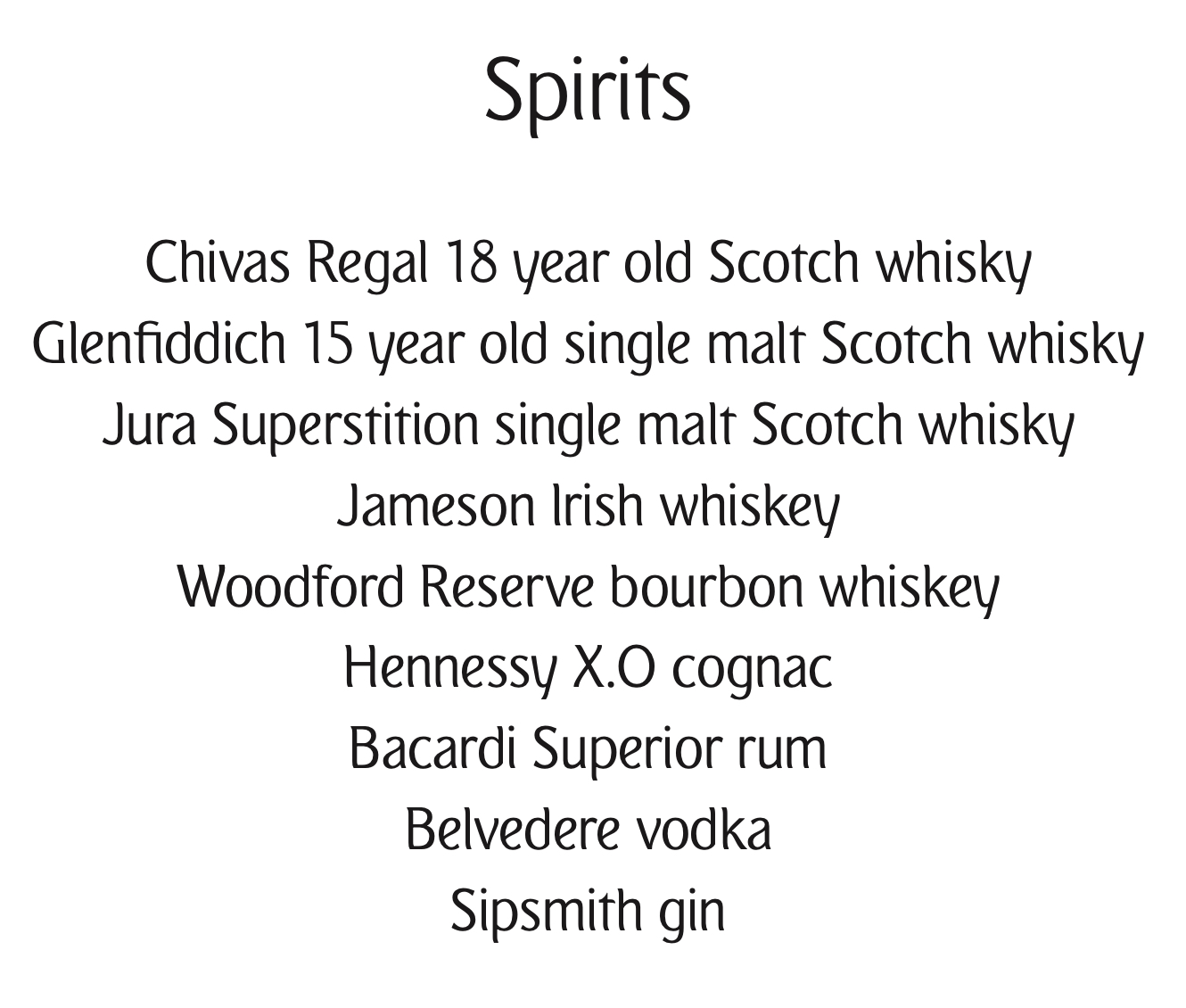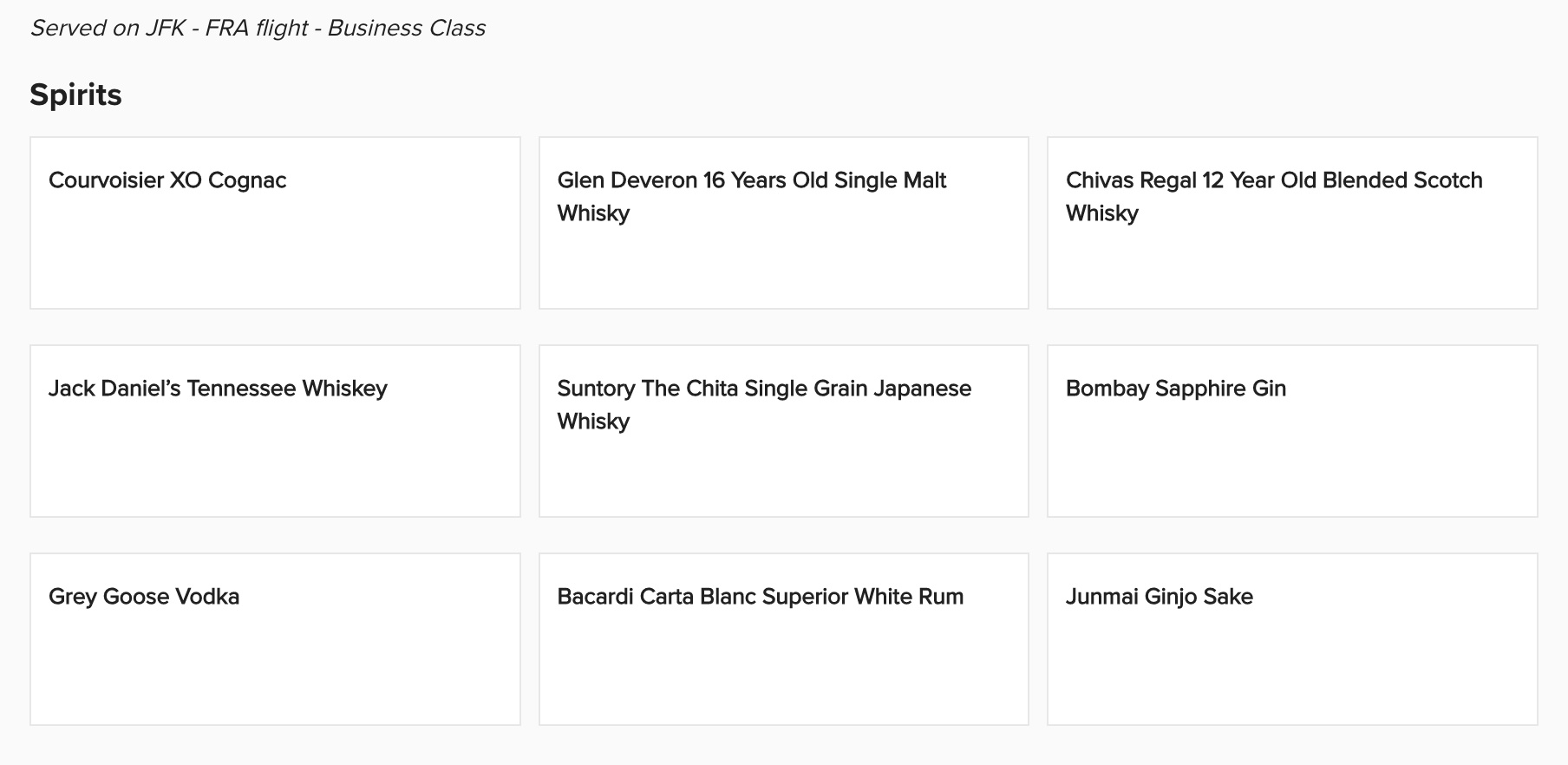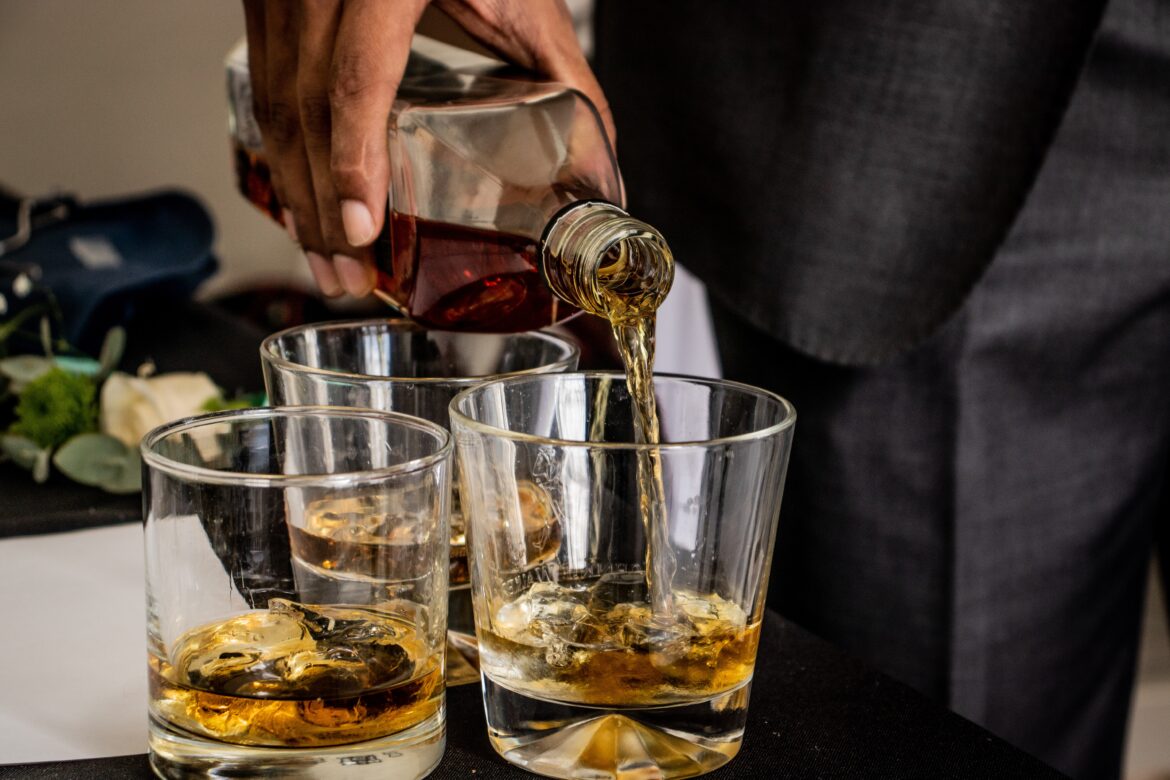Points Miles and Bling (blog) contains referral or affiliate links. The blog receives a small commission at no additional cost to you. Thank you for your continued support. Credit Card issuers are not responsible for maintaining or monitoring the accuracy of information on this website. For full details, current product information, and Terms and Conditions, click the link included.
When it comes to alcoholic drinks onboard, most often focus on the premium offerings in First Class, such as fine champagnes and wines from renowned wineries worldwide. However, the liquors in Business Class get little attention. Some airlines offer premium alcohol even in business class, while others reserve it only for First Class passengers. Not exact science, but a quick look at the Whiskey and Cognac offerings can be one way to ascertain if the overall alcohol selection on the menu is worth your while.
Many people use alcohol and liquor interchangeably. However, alcohol is a broad term that includes beer, wine, spirits, and liquors. Liquor refers to alcohol that has undergone distillation, like whiskey, vodka, gin, rum, tequila, etc. As a hobbyist in crafting drinks using different types of liquors, I often get asked by friends taking a long-haul business or first-class flight about what drinks they should order. Let’s look at two common categories of liquors offered in Business Class cabins – Whiskey and Cognac.
Whiskey
Whiskey, including scotch, Bourbon, and other types, is a popular distilled spirit made from fermented grains such as barley, corn, rye, or wheat. Some of the main types of whiskey include:
Scotch Whisky: Originating from Scotland, Scotch whisky is typically made from malted barley and aged for a minimum of three years in oak barrels. There are two main types of Scotch whisky: single malt and blended. Single malt is produced at a distillery, while blended Scotch whisky combines single malts and grain whiskies from multiple distilleries.
Irish Whiskey: Produced in Ireland, this whiskey is made from a combination of malted and unmalted barley and is typically triple distilled, giving it a lighter and smoother flavor profile. It must be aged for at least three years in wooden casks.
Bourbon: A type of American whiskey, Bourbon is primarily made from corn (at least 51%) and aged in new charred oak barrels. It usually has a sweeter taste than other whiskeys.
Tennessee Whiskey: Like Bourbon, Tennessee whiskey is made predominantly from corn and aged in new charred oak barrels. However, it undergoes an additional step called the Lincoln County Process, which involves filtering the whiskey through sugar maple charcoal before aging, giving it a distinct taste.
Rye Whiskey: This whiskey is at least 51% rye and has a spicier and more robust flavor than other types. Rye whiskey is produced in the United States and Canada, with different regulations and characteristics in each country.
Canadian Whisky: Produced in Canada, this type of whiskey is often lighter and smoother than other varieties. It is typically made from a blend of grains, including corn, rye, barley, and wheat, and is often referred to as “rye whisky” in Canada, even if it contains only a small percentage of rye.
Japanese Whisky: Inspired by Scotch whisky, Japanese whisky uses a similar production process and often features malted barley. However, Japanese whiskies can also incorporate other grains and are known for their attention to detail and craftsmanship, resulting in unique and high-quality products.
Remember that the quality of whiskey varies significantly within each category, so it is essential to consider factors such as age, malt type, and production techniques when selecting a whiskey to enjoy. The whiskey offerings on a business class menu also vary, with some airlines offering high-end, aged whiskey such as 16-year-old scotch. In contrast, others offer more affordable options like rye whiskey. If the year or specific malt type of whiskey is not specified, it may not meet your taste preferences or result in a less enjoyable experience. In such cases, it’s best to avoid it.

Impressive selection on Emirates Business Class from SYD-DXB
Cognac
Cognac is a type of brandy from the Cognac region of France. There are several different grades of Cognac, each with its specific production requirements and flavor profile. The most common types of Cognac are:
VS (Very Special): This is the youngest Cognac, with a minimum aging time of two years. It is a lighter, more affordable option with a fresh, fruity flavor.
VSOP (Very Superior Old Pale): This Cognac has been aged for at least four years and is of higher quality than VS cognac. It has a more complex flavor profile with vanilla, oak, and dried fruit notes.
XO (Extra Old): This is the highest-quality Cognac, with a minimum aging time of ten years. It has a rich and smooth flavor, with nuts, spices, and fruit notes.
Hors d’Age: This is a special designation for cognacs aged longer than the minimum time required for XO cognacs. They are the finest and rarest cognacs, with exceptional flavor and smoothness.
You can often gauge the quality of the liquor selection onboard by looking at the Cognac on offer. Airlines like Emirates and Singapore offer XO Cognac in their Business Class, while ANA offers Hennessy VSOP, and some airlines like British Airways do not have any cognac options.

XO Cognac served on SG 25 JFK-FRA
Liquors in Business Class – Slammer time!
As frequent travelers and connoisseurs of fine experiences, many of us have encountered the phenomenon known as “slammer time” – a popular social media trend among those in this game. As a member of this community with a higher-than-average alcohol tolerance, I make it a point to sample an array of premium liquors that I might not have the opportunity to try on land regularly.
Airlines, too, can enhance their brand image by elevating their beverage offerings on select routes. For instance, Eva Air’s introduction of Krug champagne in specific ways made a lasting impression on many passengers. The melodic clink of champagne glasses in a Porter Airlines radio commercial similarly conveyed a sense of luxury, enticing travelers to choose their services over competitors.
While I hesitate to recommend specific airlines for their top-tier liquor offerings in business class due to my limited experience, I can say that renowned carriers like Emirates and Singapore Airlines typically offer superior choices. Conversely, other traditional premium airlines may offer selections akin to what one might purchase for a casual weekend gathering.
In conclusion, being well-informed about onboard beverage options can contribute to an exceptional travel experience. Even if you are not a connoisseur, understanding the liquors in the Business Class cabin can help separate the outstanding offerings from the ordinary. And a memorable journey goes hand in hand with the delightful accompaniment of fine spirits. Cheers to your future travel!
Title Image: by Luwadlin Bosman on Unsplash
